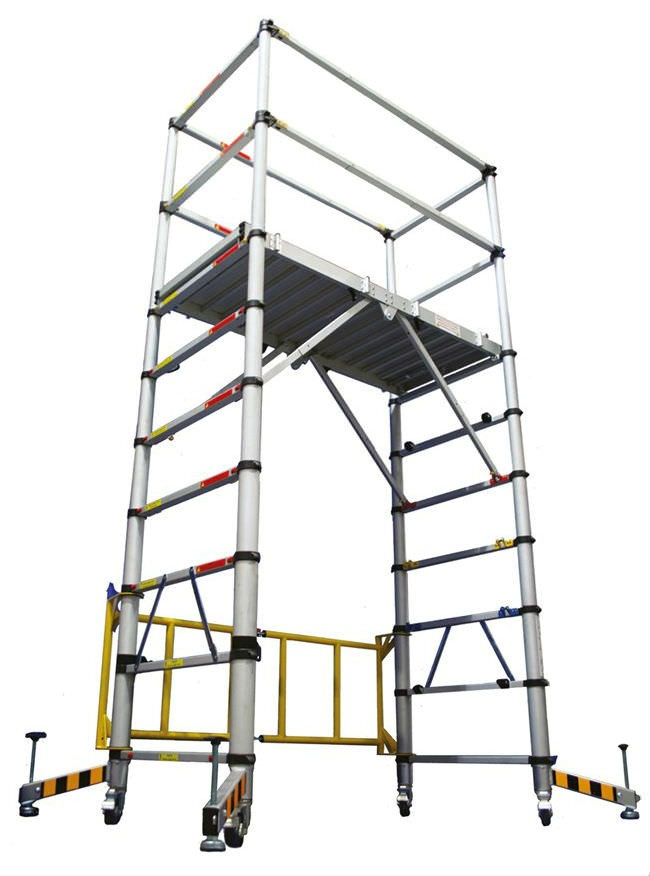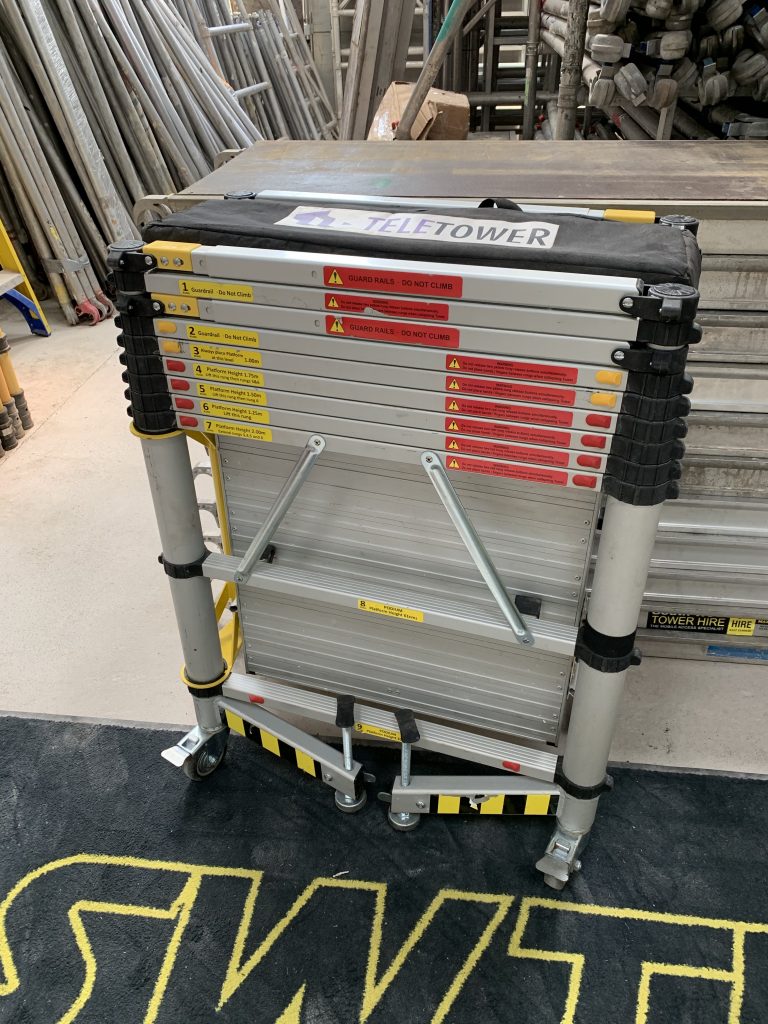Scaffolding on Historical Structures: Challenges and Solutions
Scaffolding Lots Capabilities: What You Need to Know ====================================================
Understanding the ins and outs of scaffolding load capacities is important for worksite safety and security. It includes aspects like tons capacity training, load distribution approaches, weight computations, and conformity with market requirements. Material stamina and layout honesty play key duties. Following regulations and managing lots capacities strategically are vital for safety. Implementing correct weight circulation methods and routine monitoring guarantee structural honesty. Exploring better right into kinds of lots, factors influencing capacities, guidelines, and monitoring strategies will certainly strengthen your understanding of scaffolding tons abilities.
Relevance of Load Capacities
Recognizing the load capacities of scaffolding is essential for making sure security and architectural stability on building and construction sites. Tons capacity awareness is essential to prevent overloading, which can cause collapse and mishaps. Employees need to be educated to acknowledge the indicators of overloading and realize the safety measures required to reduce risks. Proper load ability training guarantees that employees can conduct precise threat analyses prior to utilizing scaffolding for numerous tasks.
Identifying Lots Capacities
When taking into consideration scaffolding tons abilities, figuring out the tons capabilities is essential for ensuring the safety and security and security of the framework.
Elements such as load ability variables and weight limitation calculations play a considerable duty in this resolution procedure.
Lots Capability Variables
To precisely figure out the lots capabilities of scaffolding, different elements must be taken into consideration. These aspects play an important duty in making certain the safety and efficiency of scaffolding frameworks. When determining lots abilities, the adhering to crucial aspects must be taken into account:
Lots Capability Requirements: Compliance with industry standards and laws is vital to assure that the scaffolding can sustain the designated loads without compromising safety and security. chimney scaffolding
Tons Ability Examining: Conducting extensive tons capacity examinations is important to examine the ability of the scaffolding to stand up to various weight loads and problems.
Product Toughness: The material used in building the scaffolding significantly affects its load-bearing capability.
Style Honesty: The general layout and configuration of the scaffolding system influence its load capacities.
Weight Restriction Calculations
The analysis of weight limitations plays a vital function in establishing the tons capabilities of scaffolding structures. Calculating weight limits includes considering lots distribution throughout the scaffold to guarantee it can securely support the desired tons.
Tons testing is an essential aspect of determining weight limits, where the scaffold undergoes differing weights to assess its capacity under different conditions. Proper weight restriction calculations are essential for ensuring the safety and architectural stability of the scaffolding system.
Aspects such as worldly toughness, style specifications, and environmental problems have to be considered during the weight limit estimations to avoid overloading and potential structural failures. By precisely establishing weight restrictions through tons circulation analysis and complete load screening, potential risks can be minimized, guaranteeing a secure workplace.
Sorts Of Scaffolding Plenties
The kinds of scaffolding tons include tons circulation techniques, weight restriction factors to consider, and safety and security factors evaluation. Recognizing how loads are distributed on scaffolding frameworks is important for preserving security and honesty.
Weight limitations and security elements play a significant role in ensuring the scaffold can sustain the designated lots without endangering security.
Load Distribution Methods
Effective circulation of lots on scaffolding structures is necessary for assuring stability and safety and security during construction tasks. To attain this, the adhering to methods and methods are commonly used:
Even Weight Distribution: Dispersing the load evenly across the scaffolding system assists avoid overloading specific areas.
Correct Placement of Materials: Putting materials closer to the facility of the system reduces the danger of unbalancing the framework.
Routine Load Examining: Conducting lots tests to guarantee the scaffolding can securely support the designated weight.
Adherence to Safety Precautions: Adhering to safety standards and making use of proper tools can assist prevent mishaps associated with inappropriate lots circulation.
Weight Limit Considerations
Consideration of weight limitations on scaffolding structures is crucial for making certain security and architectural stability during building and construction projects. Load circulation plays a critical function in identifying the weight restriction that a scaffold can securely sustain.
It is important to follow manufacturer standards and design specifications to make certain that the weight is equally dispersed throughout the scaffold. Insufficient lots distribution can bring about overloading particular areas, possibly creating architectural failings.
Safety and security preventative measures such as normal assessments and weight tracking ought to be executed to prevent going beyond the optimum weight restriction. By sticking to weight limitation considerations and executing appropriate tons distribution practices, building teams can minimize the dangers related to scaffolding collapses and assure a risk-free working environment for all employees involved in the job.
Safety And Security Elements Evaluation
To guarantee the structural stability and security of scaffolding systems, a complete evaluation of security aspects related to numerous kinds of scaffolding tons is essential. When conducting a safety and security variables analysis for scaffolding lots, it is vital to take into account the following:
Dead Loads: These are the fixed weights of the scaffold components and tools. Precaution should consider these tons to stop overloading.
Live Tons: These dynamic loads consist of employees, devices, and materials on the scaffold. Threat evaluation must integrate online loads to identify safe working problems.
Ecological Lots: Wind, rainfall, and snow can put in forces on scaffolding structures. Precaution ought to address the influence of these environmental variables.
Impact Tons: These abrupt loads can occur because of dropped devices or tools. Risk analysis protocols must consist of procedures to alleviate the threats related to impact loads.

Factors Impacting Lots Capacities
Aspects affecting lots capabilities need to be thoroughly examined to assure secure and reliable scaffolding procedures. Numerous vital factors play a crucial duty in establishing the tons capabilities of scaffolding structures.
To begin with, the design and products utilized in the scaffolding building and construction considerably impact its load-bearing capabilities. Factors such as the sort of scaffolding system, its configuration, and the high quality of parts used all contribute to its overall load capability. Furthermore, environmental conditions, such as wind rate, temperature, and seismic task, can impact the stability and load-bearing ability of scaffolding.
Furthermore, safety precautions must be very carefully taken into consideration when reviewing lots capabilities. Overloading a scaffold beyond its capability can cause structural failing, positioning major threats to workers and onlookers. Routine examinations, correct maintenance, and adherence to weight limits are crucial precaution to prevent accidents associated with overwhelming.
It is critical for scaffolding operators and employees to be well-informed regarding the variables influencing tons abilities and to adhere to strict safety and security methods to make sure a safe and secure workplace.
Load Ability Regulations
Laws regulating the tons capability of scaffolding structures are essential for making certain office safety and conformity with market requirements. Complying with these lots ability regulations is important to avoid crashes, secure employees, and preserve the structural stability of the scaffolding.
Right here are 4 key points to contemplate pertaining to tons ability policies:
Legal Requirements: Load capacity regulations are frequently mandated by government bodies to ensure that scaffolding structures fulfill minimal safety requirements. These policies generally describe the optimum tons that a scaffold can birth securely.
Industry Criteria: In addition to legal needs, industry criteria established by companies such as the Occupational Safety and Health Administration (OSHA) offer guidelines for lots ability guidelines. These requirements aid guarantee consistency and best techniques across the market.
Regular Inspections: To follow lots capacity laws, scaffolding frameworks have to go through normal evaluations to assess their honesty and guarantee they can support the designated loads.
Paperwork: Appropriate paperwork of lots capability analyses and assessments is essential to show compliance with policies and industry criteria. This documentation can also act as a recommendation for future assessments and upkeep activities.

Managing Tons Abilities
Taking care of load capacities properly entails carrying out tactical procedures to assure that scaffolding frameworks operate within safe limits while keeping effectiveness and structural stability. Tons management techniques are essential in making certain that the weight distributed throughout the scaffold is within the specified load capacity. One essential facet of handling lots capacities is load ability tracking, which involves normal checks and assessments to verify that the scaffolding is not being strained.
Weight distribution strategies play a key function in keeping the structural honesty of the scaffold. Correct lots capacity preparation is necessary to guarantee that the weight is evenly distributed, lessening the risk of overloading particular areas. By strategically preparing the circulation of weight on the scaffold, potential threats can be alleviated, and the general security of the framework can be improved.
Efficient management of tons capacities calls for a thorough understanding of the scaffold's load-bearing capacities and thorough adherence to weight limitations. By applying robust lots management approaches, performing routine load ability surveillance, and using appropriate weight distribution methods, scaffolding frameworks can run safely and successfully.
Frequently Asked Inquiries
Can Tons Abilities for Scaffolding Be Changed Based on the Particular Demands of a Project?
Load capacities for scaffolding can be readjusted according to the particular requirements of a job. Comprehending task demands is crucial in figuring out the suitable load capability. It is vital to follow safety guidelines and talk to professionals when making adjustments.
Are There Any Market Criteria for Labeling Load Capabilities on Scaffolding Devices?
Readjusting criteria in the building industry is essential for ensuring safety measures are met. Market standards for identifying load capacities on scaffolding tools remain in area to give clear guidance and promote a risk-free workplace.
Just How Usually Should Lots Capacities Be Reassessed for Scaffolding Structures on a Building Site?
Normal reevaluation of tons capacities for scaffolding frameworks on building and construction websites is vital to guarantee safety. Readjusting demands may vary based on website conditions and usage modifications. Sector best practices suggest reassessing lots abilities at the very least quarterly.
Exist Any Type Of Common Misconceptions Regarding Load Capabilities for Scaffolding That People Should Know?
Common myths concerning scaffolding load abilities can position severe risks. Security preventative measures need to be complied with rigorously. scaffold platforms Understanding of misconceptions, like thinking all scaffolding is just as strong, is vital in preventing accidents.
What Steps Should Be Taken if a Scaffold Exceeds Its Load Capability During a Job?
In case a scaffold surpasses its tons capability throughout a task, immediate activities have to be taken to assure safety. Support options such as redistributing weight or including extra assistance ought to be thought about. Emergency protocols need to be complied with promptly.
Final thought
To sum up, understanding scaffolding lots capabilities is essential for ensuring safety and security and stopping crashes on construction websites. By establishing load capabilities, thinking about different kinds of loads, and thinking about aspects that influence lots capacities, employees can comply with policies and manage loads effectively.

It is critical to prioritize lots ability regulations and consistently display and take care of tons capacities to uphold a risk-free workplace.